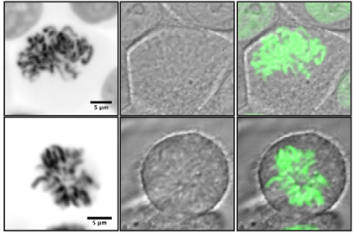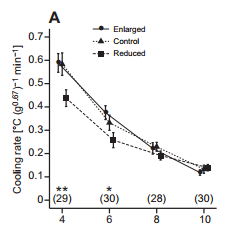In Development this week (Vol. 143, Issue 15)
Posted by Seema Grewal, on 2 August 2016
Here are the highlights from the current issue of Development:
Defining Polycomb complexes with AEBP2

Polycomb repressive complex 2 (PRC2) directs methylation of histone H3 K27 (H3K27me), a repressive histone mark. Mutations in PRC2 complex components cause a spectrum of developmental defects, including posterior transformation of the skeleton due to misexpression of Hox cluster genes. In addition to the core complex components, a number of substoichiometric accessory proteins have been identified, but the functions of these remain incompletely understood. One of these factors is AEBP2, a zinc-finger domain-containing protein that has been proposed to play a role in PRC2 recruitment. On p. 2716, Sarah Cooper, Neil Brockdorff and colleagues evaluate the role of AEBP2, generating a knockout mouse and mutant embryonic stem cells (ESCs). Surprisingly, the phenotype observed upon Aebp2 depletion is not loss of PRC2 function, but rather a Trithorax phenotype (anteriorisation of the skeleton) associated with increased Polycomb activity. In the absence of Aebp2, an atypical PRC2 complex appears to form, which may be responsible for the mild enhancement in H3K27me levels. The authors therefore propose that AEBP2 functions primarily to define the composition of PRC2 complexes, and hence modulate their activity.
A role for DISC1 in astrogenesis

Mutations in human DISC1, a protein associated with the dynein motor complex, have been implicated in schizophrenia. In mouse, knockdown of DISC1 causes a number of phenotypes, including premature neuronal differentiation and impaired neurite and axonal outgrowth, while Disc1 mutants, although viable and fertile, show strong behavioural defects. However, the potential functions of DISC1 in glia, including astrocytes, have been less studied, even though disruption of astrocytes has been reported in schizophrenic patients. Jianwei Jiao and co-workers (p. 2732) therefore set out to assess the consequences of Disc1 loss- or gain-of-function in mouse astrocytes. Both in vivo and in vitro, they find that Disc1 depletion impairs astrogenesis, while overexpression promotes differentiation down the astrocyte lineage. Mechanistically, the authors show that DISC1 modulates RAS/MEK/ERK signalling, which is known to be important for astrogenesis: upon Disc1 deletion, MEK and ERK phosphorylation (and hence activation) is impaired. In this context, interaction between DISC1 and the RAS-association domain protein RASSF7 appears to be important: as with DISC1, overexpression of RASSF7 promotes astrocyte differentiation. Although the potential contribution of this astrogenic activity of DISC1 to the schizophrenia phenotype has yet to be analysed, these data suggest that modulation of astrocyte differentiation may be relevant for this neuropsychiatric disorder.
Set(db1)ting up the genome for meiosis and mitosis

During oocyte maturation, meiotic arrest and fertilisation, multiple processes – deposition of maternal transcripts and proteins, various signalling events, DNA replication, chromosome segregation and so on – must be tightly orchestrated to ensure that the resultant zygote is viable. Many of these processes require chromatin-driven modulation of transcription. Antoine Peters and colleagues (p. 2767) have uncovered an important role for the H3K9 methyltransferase Setdb1 in oocyte meiosis and early zygotic development. Mouse embryos depleted for maternal Setdb1 fail to progress to the blastocyst stage. In mutant oocytes, meiotic progression is impaired and multiple defects in spindle organisation and chromosome segregation can be observed. To try and understand the reason for these defects, the authors performed RNAseq analysis, finding misregulation of multiple genes with roles in cell division. Moreover, Setdb1-deficient oocytes show increased expression of multiple retrotransposons, consistent with the known role of Setdb1 in restraining retrotransposon expression in embryonic stem cells (although the families of elements regulated differ in the two contexts). Finally, the authors show that maternal Setdb1-deficient embryos suffer from similar defects in mitosis to those observed in oocyte meiosis. Thus, these data establish Setdb1 as a crucial regulator of meiotic and mitotic progression in the oocyte and early embryo.
On the IMPortance of localised axonal mRNAs

In the nervous system, certain mRNAs are transported along axons and show localised translation. This is thought to be important for axon-autonomous regulation of, for example, growth cone turning and guidance. However, we still have an incomplete understanding of which mRNAs are localised, how their transport and translation are controlled, and how this impacts neuronal development and function. The IMP1 RNA-binding protein is known to play a role, particularly in controlling local expression of β-actin in neurons and other cell types, and John Flanagan and colleagues (p. 2753) now investigate the function of its relative IMP2. In the developing mouse nervous system, IMP2 shows specific localisation to axon tracts. Identification and analysis of the mRNAs to which IMP2 binds reveals a large number of putative targets, including many associated with axon guidance, cell migration and cytoskeletal organisation. Consistent with this, IMP2 knockdown in the developing chick spinal cord leads to growth cone stalling and failed axon midline crossing at the floor plate. This phenotype is reminiscent of loss of one of the identified IMP2 targets, namely the Robo1 receptor, whose axonal protein levels are reduced upon IMP2 knockdown. Together, these data identify a new player in axonal mRNA regulation and provide a valuable dataset for further analysis of the role of IMP2 and its targets.
Plus…
Size regulation blossoms in Kobe
 Coincident with the blossoming of the sakura was the 14th annual CDB Symposium hosted by the RIKEN Center for Developmental Biology in Kobe, Japan. This year’s meeting, ‘Size in Development: Growth, Shape and Allometry’ focused on the molecular and cellular mechanisms underlying differences in size and shape and how they have evolved. Here, Iswar Hariharan highlights the advances presented at this meeting and the open questions in the field. See the Meeting Review on p. 2691
Coincident with the blossoming of the sakura was the 14th annual CDB Symposium hosted by the RIKEN Center for Developmental Biology in Kobe, Japan. This year’s meeting, ‘Size in Development: Growth, Shape and Allometry’ focused on the molecular and cellular mechanisms underlying differences in size and shape and how they have evolved. Here, Iswar Hariharan highlights the advances presented at this meeting and the open questions in the field. See the Meeting Review on p. 2691
Direct lineage reprogramming via pioneer factors; a detour through developmental gene regulatory networks
 Growing evidence suggests that current methods of direct lineage conversion may rely on the transition through a developmental intermediate. Here, Sam Morris explores pioneer transcription factor-driven direct lineage reprogramming between mature cell states, proposing that this depends on reversion to a developmentally immature state. See the Hypothesis article on p. 2696
Growing evidence suggests that current methods of direct lineage conversion may rely on the transition through a developmental intermediate. Here, Sam Morris explores pioneer transcription factor-driven direct lineage reprogramming between mature cell states, proposing that this depends on reversion to a developmentally immature state. See the Hypothesis article on p. 2696
Blood vessel formation and function in bone
 Blood vessels in the skeletal system control multiple aspects of bone formation and provide niches for hematopoietic stem cells that reside within the bone marrow. Here, See the Review on p. 2706
Blood vessels in the skeletal system control multiple aspects of bone formation and provide niches for hematopoietic stem cells that reside within the bone marrow. Here, See the Review on p. 2706


 (No Ratings Yet)
(No Ratings Yet)
 (10 votes)
(10 votes) (4 votes)
(4 votes)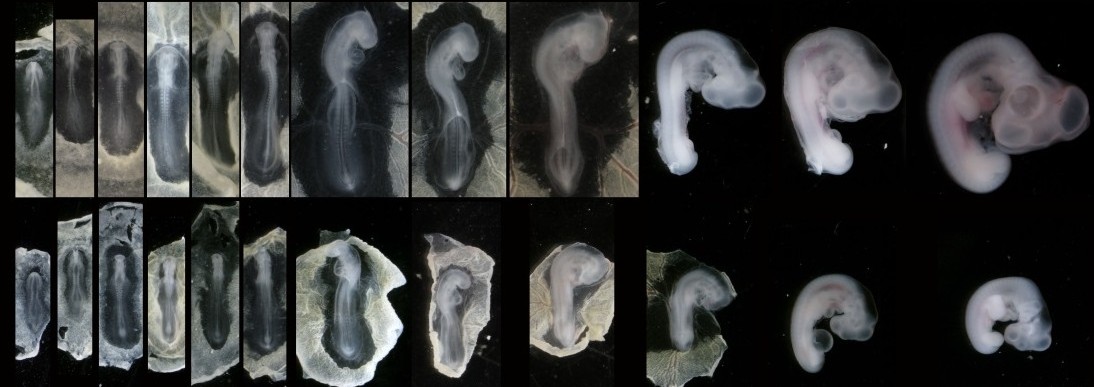
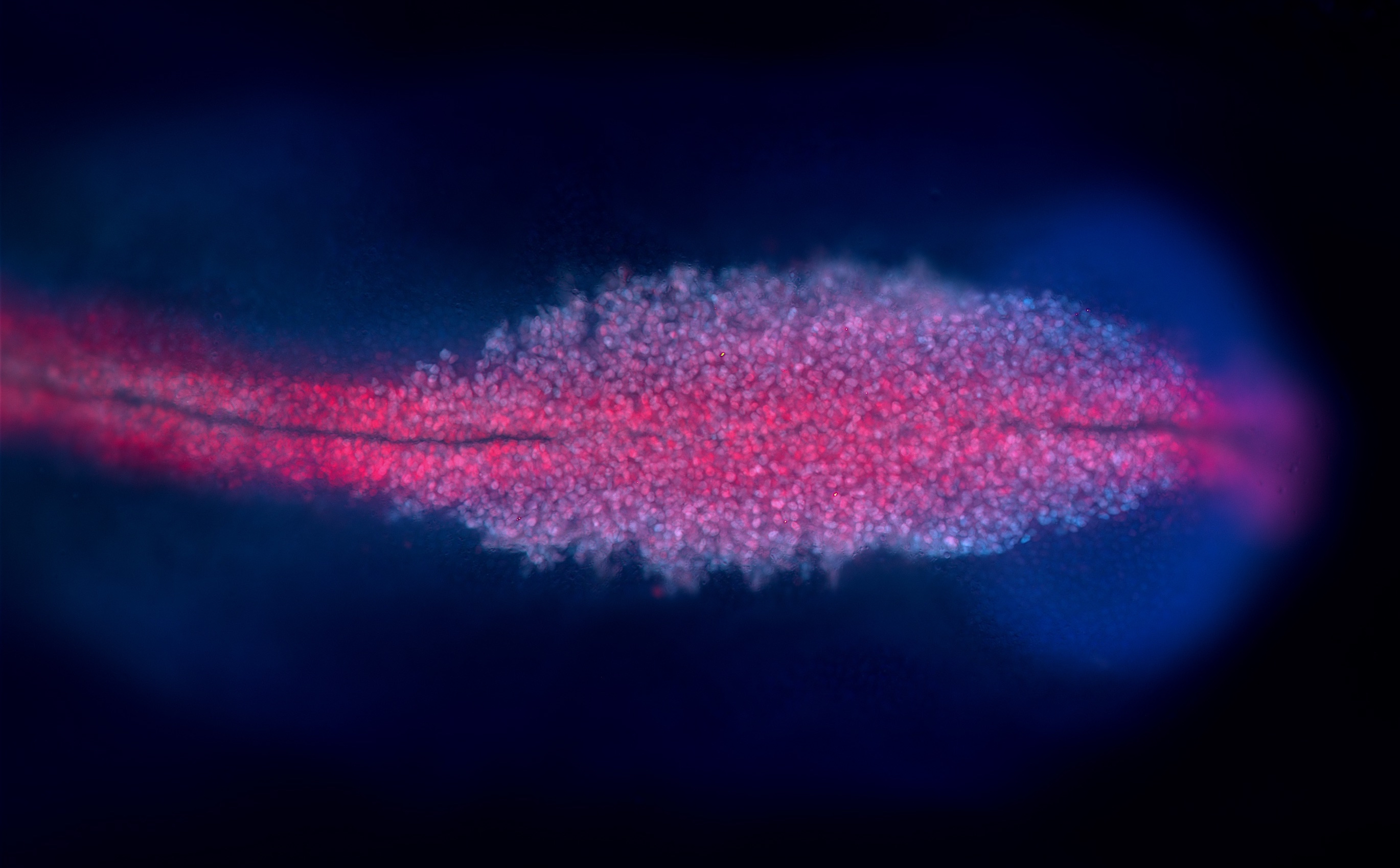
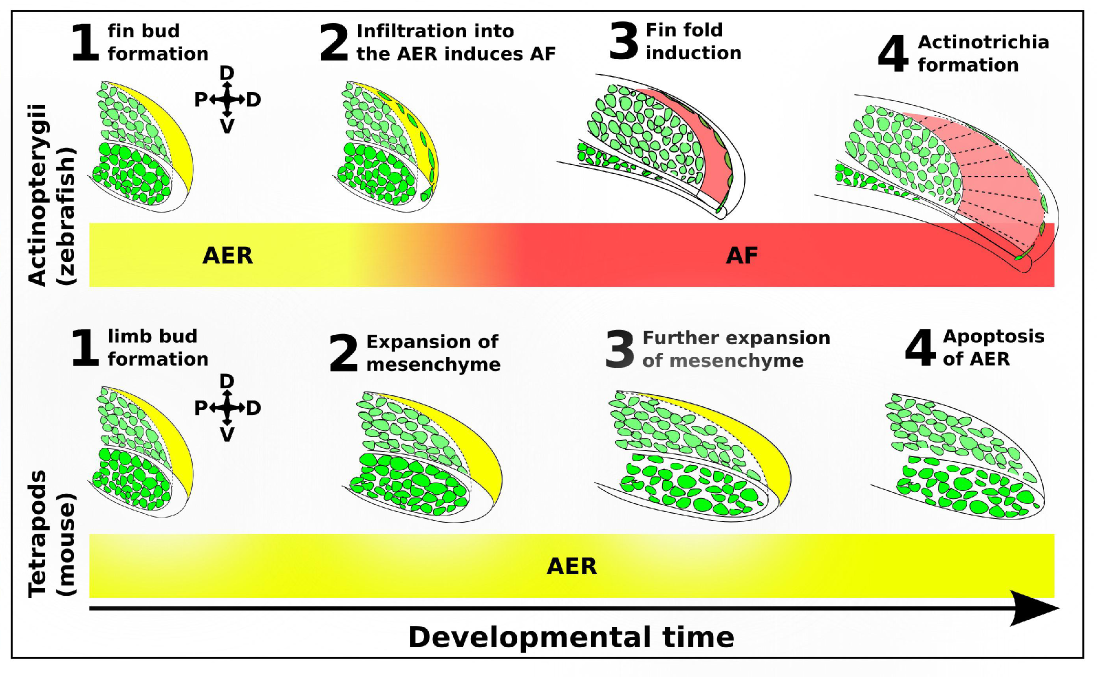
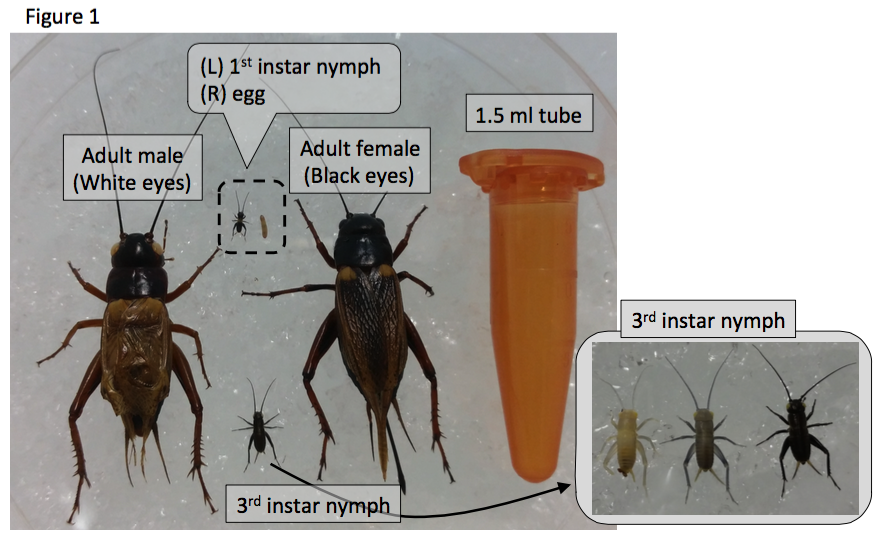

 Masselink
Masselink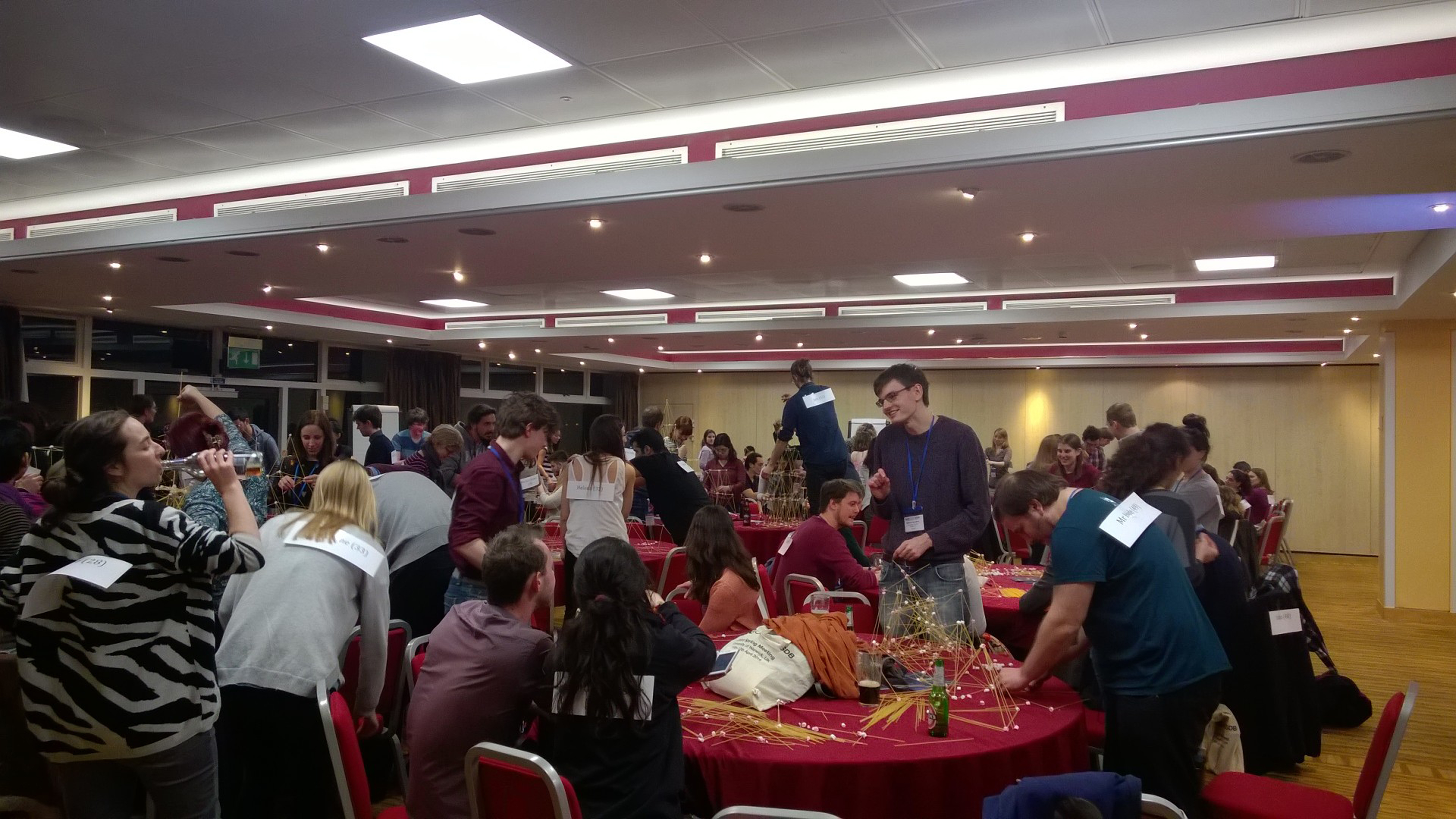
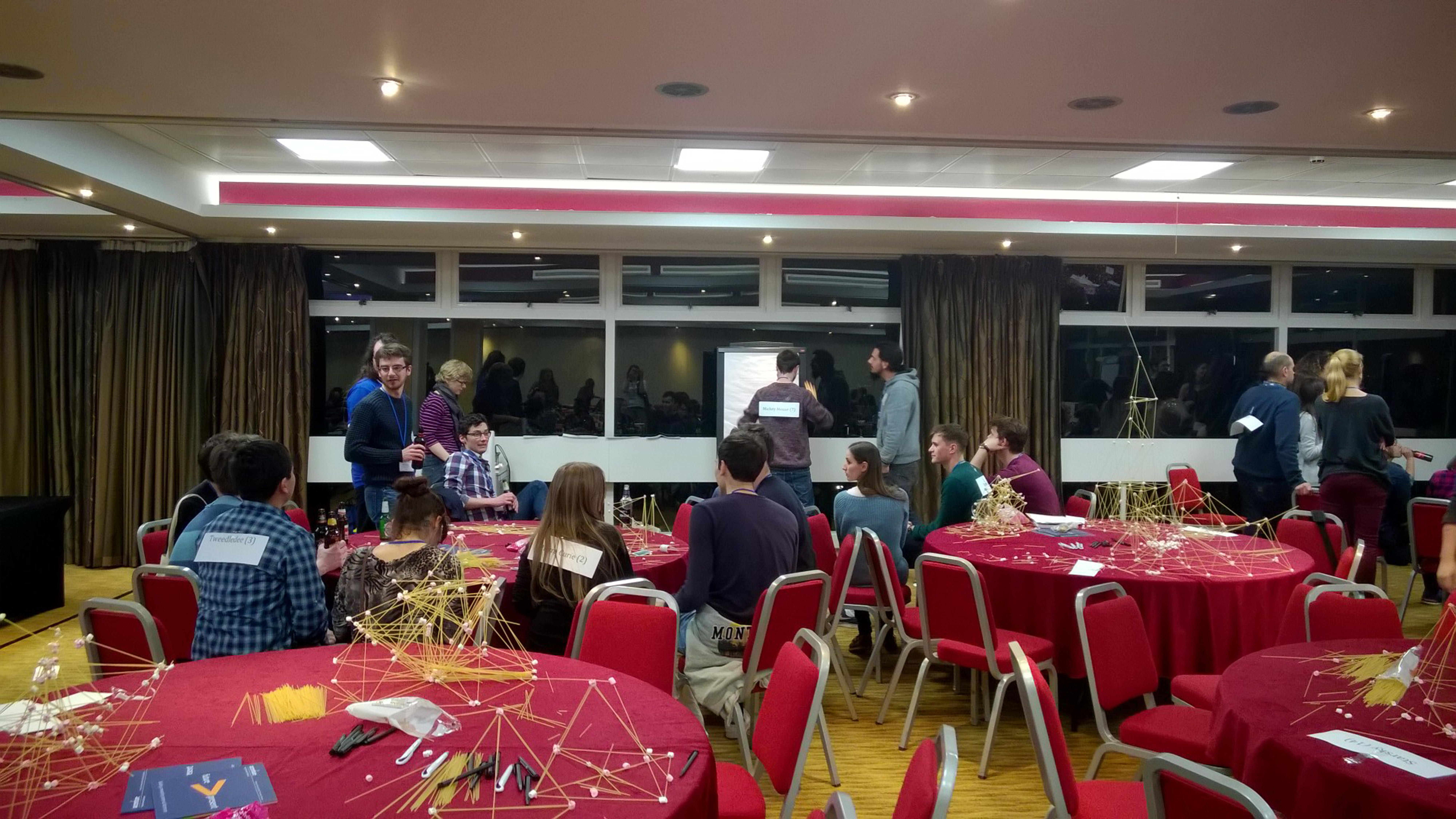

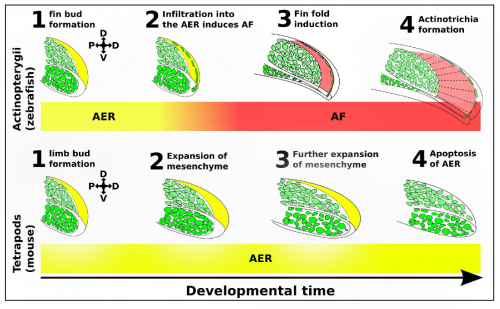

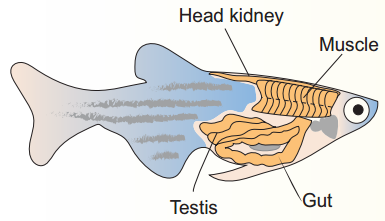 Mice have been the traditional model of choice
Mice have been the traditional model of choice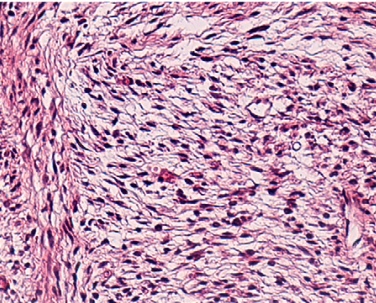 Neurofibromatosis type 1 is characterised by nerve sheath tumours but also has significant clinical heterogeneity. Robert Kesterson and colleagues
Neurofibromatosis type 1 is characterised by nerve sheath tumours but also has significant clinical heterogeneity. Robert Kesterson and colleagues 
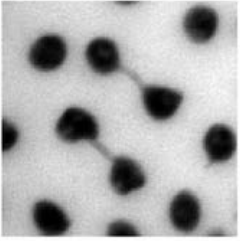 Maternal effects of chromosomal abnormalities
Maternal effects of chromosomal abnormalities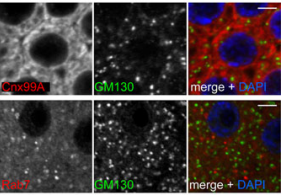 traffic
traffic
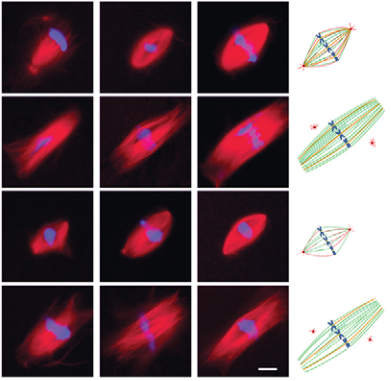 perm centrosomes defines spindle assembly
perm centrosomes defines spindle assembly